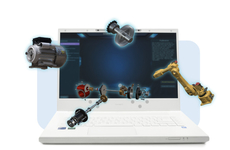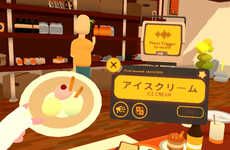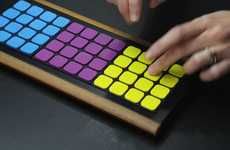
China's ISNS is Using VR to Further In-Classroom Learning
Ellen Smith — September 21, 2017 — Tech
To prepare its students for a more tech-centered world, China's International School of Nanshan Shenzhen is integrating virtual reality lesson plans into its curriculum.
To achieve this, the school has built an immersive virtual reality lab, which various classrooms will have access to throughout the semester. Through the lab, students of various age groups and disciplines can experience a more technologically-infused and interactive iteration of common lesson plans, including art and design, geography, history and music lessons. The lab will offer carefully curated tools and experiences which will require students to apply concepts and theories learnt inside the classroom. The virtual reality lab's overarching goal is to enhance a student's practical skill development, in a manner that's entertaining and exciting.
This hands-on, virtual reality lab offers a unique space for students to express and explore creative endeavors, while focusing on a more entertaining, student-driven means of education.
To achieve this, the school has built an immersive virtual reality lab, which various classrooms will have access to throughout the semester. Through the lab, students of various age groups and disciplines can experience a more technologically-infused and interactive iteration of common lesson plans, including art and design, geography, history and music lessons. The lab will offer carefully curated tools and experiences which will require students to apply concepts and theories learnt inside the classroom. The virtual reality lab's overarching goal is to enhance a student's practical skill development, in a manner that's entertaining and exciting.
This hands-on, virtual reality lab offers a unique space for students to express and explore creative endeavors, while focusing on a more entertaining, student-driven means of education.
Trend Themes
1. Virtual Reality Integration - Integrating virtual reality into classroom learning to enhance practical skill development.
2. Technologically-infused Education - Creating interactive and immersive lesson plans using virtual reality technology.
3. Student-driven Learning - Encouraging students to take an active role in their education through virtual reality experiences.
Industry Implications
1. Education Technology - Developing virtual reality tools and platforms for integration into classroom learning.
2. Creative Arts Education - Exploring virtual reality applications for art and design education.
3. Edutainment - Creating entertaining and engaging virtual reality experiences for educational purposes.
3.4
Score
Popularity
Activity
Freshness























